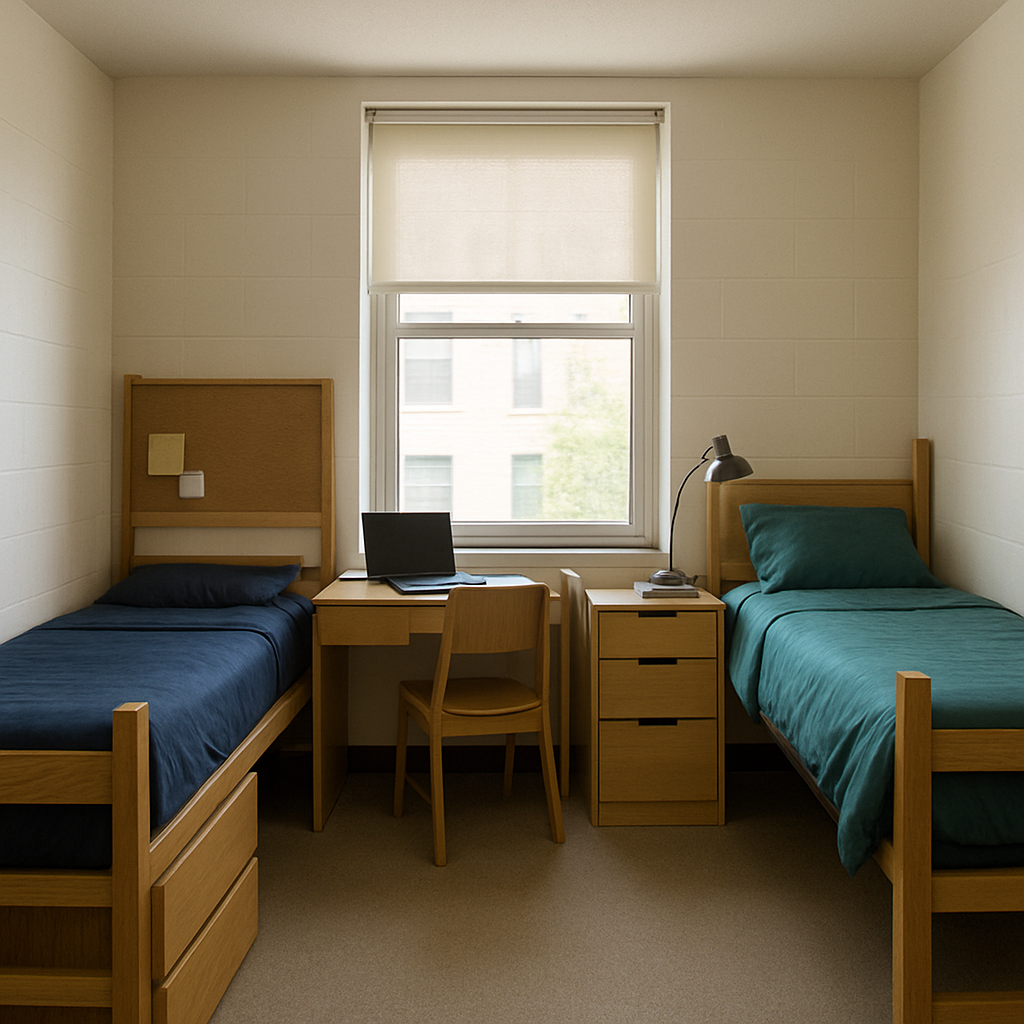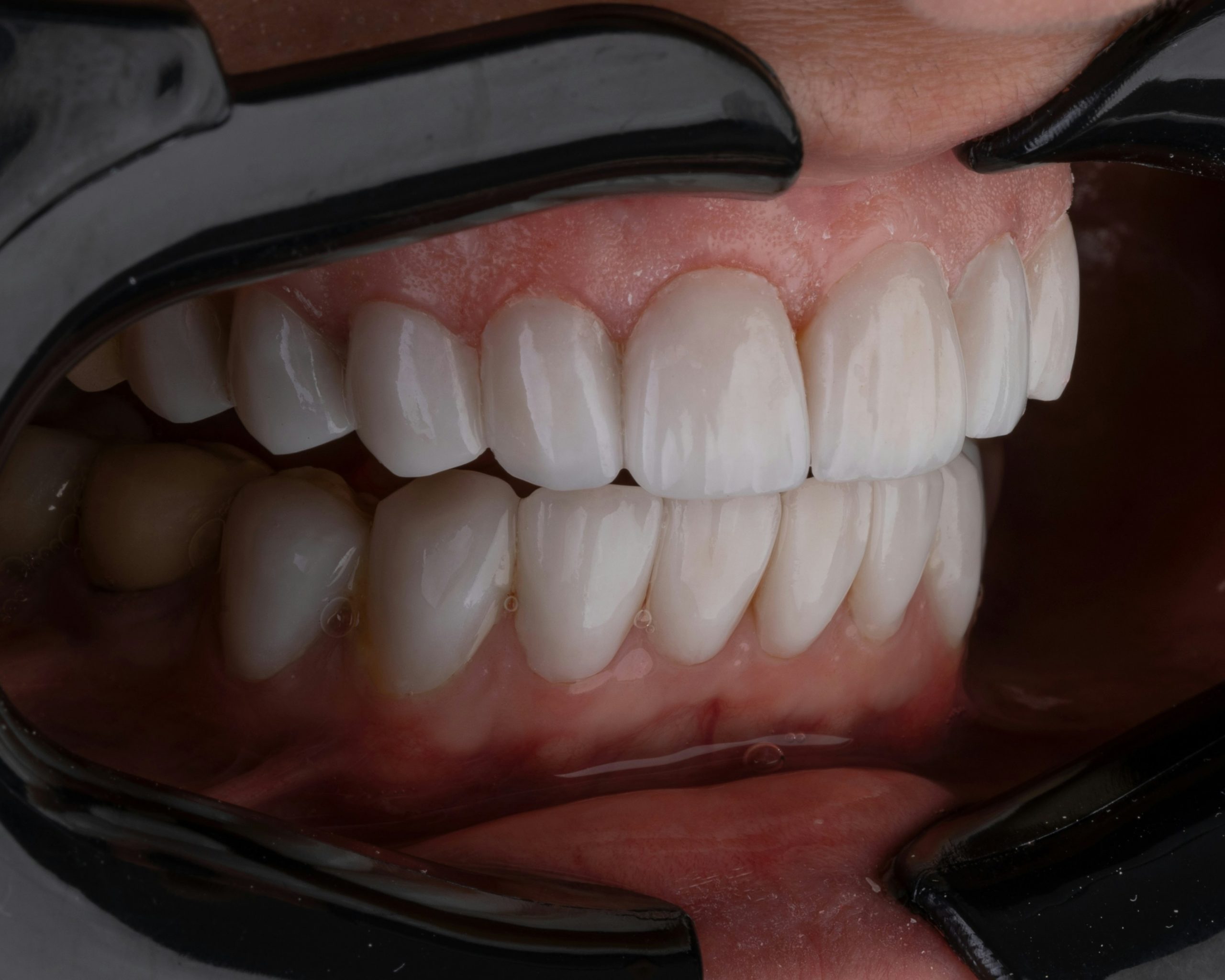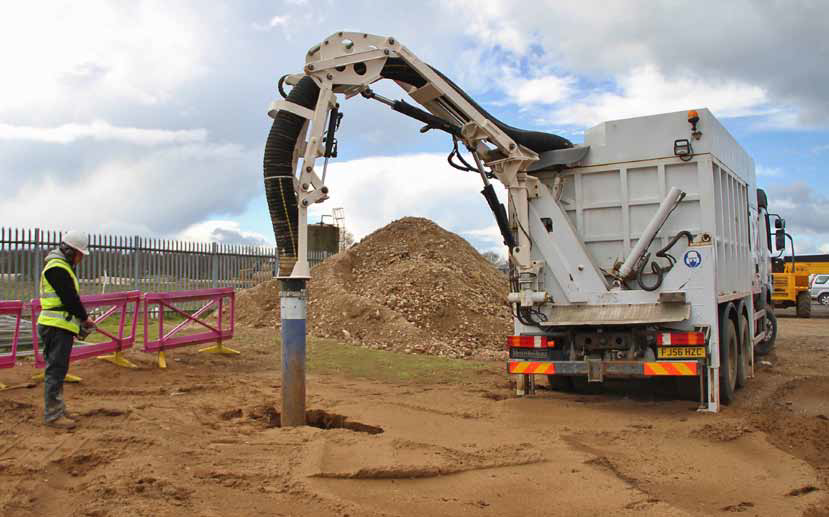Brisbane, often referred to as the “River City,” is famous for its lush greenery and beautiful trees. While trees enhance the natural beauty of the city, there are times when tree removal becomes necessary.
Whether it’s for safety, aesthetics, or other reasons, understanding the process of tree removal in Brisbane is essential. In this comprehensive guide, we’ll cover everything you need to know about tree removal in Brisbane, including the reasons for removal, permits, and the safe removal process.
Reasons for Tree Removal
Before diving into the process, let’s explore some common reasons why tree removal might be necessary in Brisbane:
1. Safety Concerns
Trees with weakened or damaged branches pose a significant safety risk, especially during severe weather conditions. Removing such trees helps prevent accidents and property damage.
2. Disease and Infestations
Infected or infested trees can spread diseases to other nearby trees or become structurally compromised. Removing affected trees can help protect the overall health of the local tree population.
3. Property Damage
Tree roots can damage foundations, pipes, and sidewalks. In such cases, removing the tree may be the most cost-effective solution to prevent further damage.
4. Aesthetic Reasons
Tree removal might be necessary to improve the aesthetics of your property or to create space for new construction or landscaping projects.
The Permit Process
In Brisbane, tree removal often requires a permit, as the city is committed to preserving its green canopy. Here’s a breakdown of the permit process:
1. Determine if You Need a Permit
To determine if you need a permit, consult the Brisbane City Council’s guidelines. Some smaller trees and certain situations may not require a permit.
2. Complete the Application
If a permit is necessary, complete the application form provided by the Brisbane City Council. You’ll need to provide details about the tree, its location, and the reason for removal.
3. Pay the Fee
There is usually an application fee associated with tree removal permits. Be sure to include payment with your application.
4. Council Assessment
The council will assess your application and may seek input from an arborist or tree specialist to determine if removal is necessary.
5. Receive Approval or Denial
Once the assessment is complete, you’ll receive either approval or denial of your permit application. If approved, you can proceed with the removal process.
The Safe Removal Process
Tree removal is a complex task that should only be performed by professionals to ensure safety and avoid damage. Here’s an overview of the safe removal process:
1. Assessment
A certified arborist will assess the tree to determine the safest and most efficient removal method.
2. Pruning
In some cases, pruning or trimming may be sufficient to address safety concerns or aesthetic issues without removing the entire tree.
3. Felling
For tree removal, the arborist will carefully fell the tree in sections to prevent damage to nearby structures.
4. Stump Removal
After felling, the stump and root system are typically removed to prevent regrowth and free up space for future landscaping.
5. Cleanup
The removal team will clean up the debris, ensuring your property is left in a tidy state.
Conclusion
Tree removal in Brisbane is a regulated process aimed at preserving the city’s green heritage while ensuring safety and aesthetics. Understanding the reasons for removal, obtaining the necessary permits, and entrusting the removal process to professionals are essential steps to successfully manage tree removal in Brisbane. Whether for safety, disease control, or property enhancement, responsible tree removal helps maintain Brisbane’s natural beauty while safeguarding its residents.



